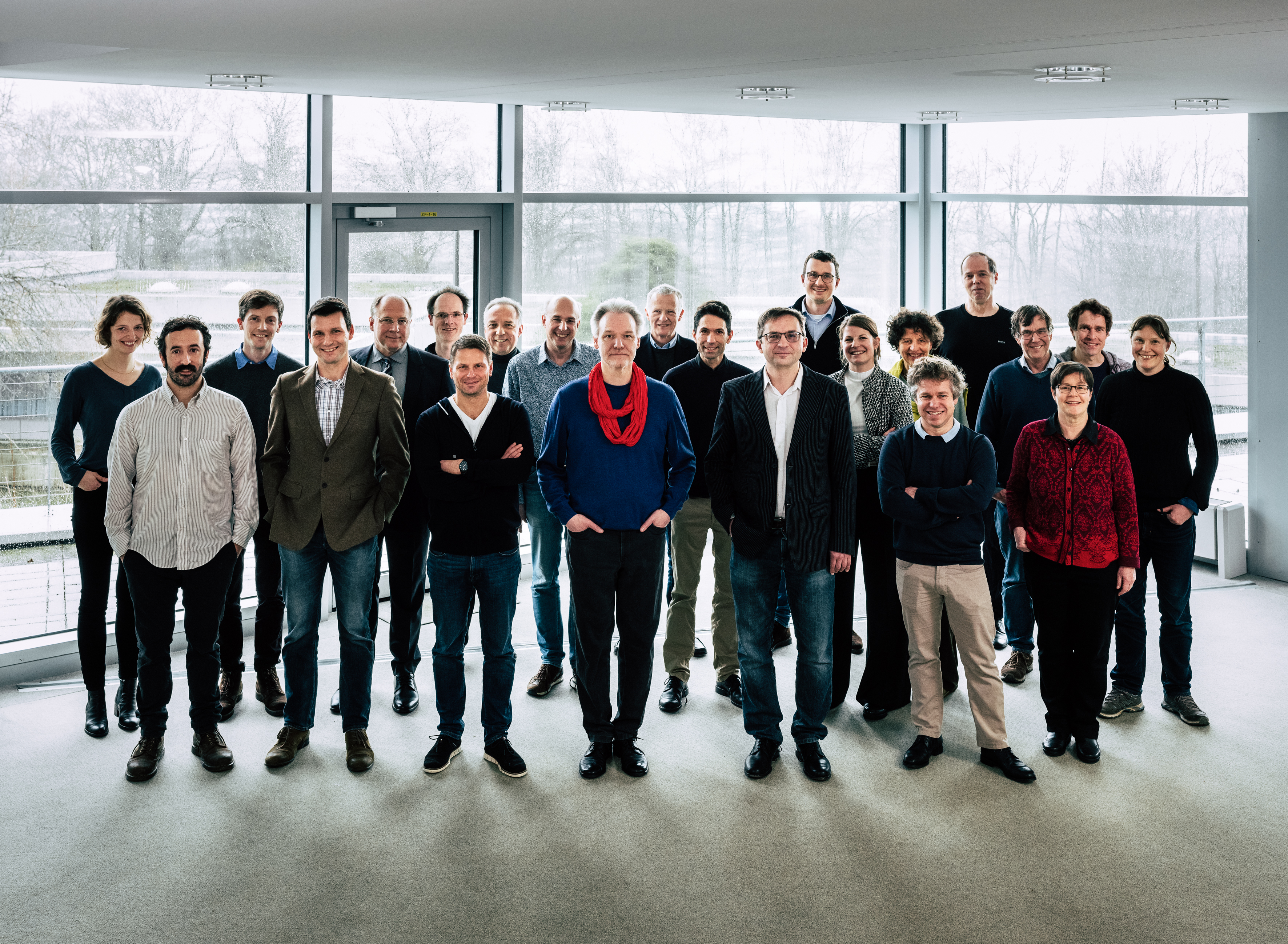
Integral structures are found in many places throughout mathematics:
as lattices in Euclidean space, as integral models of reductive groups
and algebraic schemes, or as integral representations of groups and
associative algebras. Even questions about the most basic example of
an integral structure, the ring of integers $\mathbb{Z}$, quickly lead
us into the fields of analysis, algebra, or geometry. In the same
vein, investigations of integral structures are most successfully
treated by viewing them from different perspectives, often requiring
the usage of the most advanced mathematical methods and frequently
leading to unexpected connections.
This point is illustrated by the classification of wallpaper groups,
i.e., discrete groups of isometries of the plane that contain two
linearly independent translations. As intricate double-periodic
arabesques, we encounter them in the medieval Alhambra palace in
Granada. It is a classical fact that there are precisely 17 wallpaper
groups. This result has a geometric aspect, as it provides the number
of flat compact orbifold surfaces. It also has an interpretation
within representation theory: it is part of the classification of
hereditary categories over the field of real numbers. The analogous
classification of space groups in three-dimensional space is of
importance in physics and chemistry.
As integral structures necessitate a combined approach from different mathematical sub-disciplines, we will embark on a broad research programme that underlines the unity of mathematics. Our endeavour ranges from algebraic geometry to analysis on manifolds, from geometric group theory and algebraic combinatorics to representation theory of associative algebras.
This Collaborative Research Center is funded by the Deutsche Forschungsgemeinschaft (DFG, German Research Foundation) – Project-ID 491392403 – TRR 358.
 © Universität Bielefeld / Thorsten Doerk
© Universität Bielefeld / Thorsten Doerk